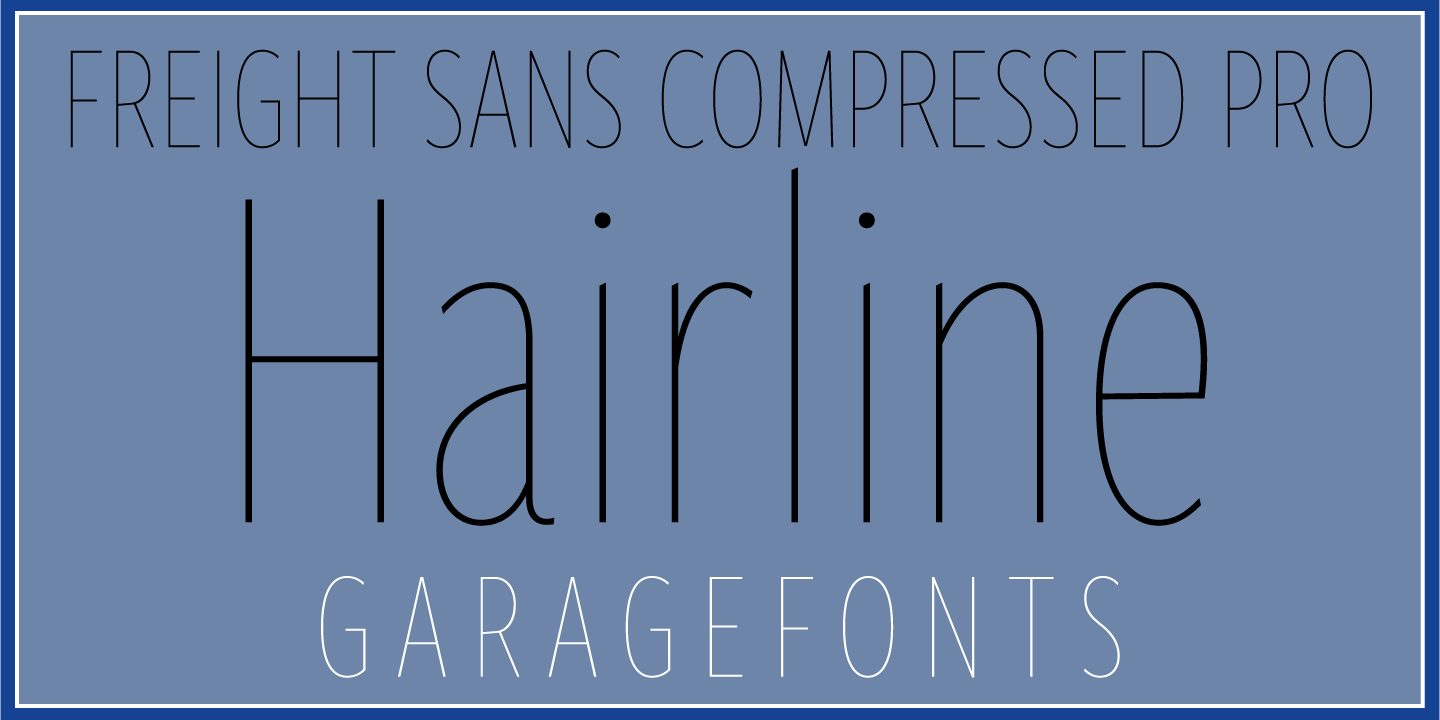

Its retail library includes some of the most celebrated fonts on the market. For over twenty-five years, Font Bureau has designed custom typefaces for almost every major American publication. Easy-to-read fonts strategically employed throughout your newsletters can set the tone for your company and distinguish an image of expertise and quality.Font Bureau is a digital type studio and one of the leading foundries for typeface design. How you say your message is just as important as the message itself. Different fonts can key readers into important sections, but using too many makes newsletters seem jumbled and confusing. No matter what font you choose for your color newsletters, settle on no more than two or three fonts to use throughout your publication.

A unique and well-deployed font can earn brand recognition across all advertising mediums, not just newsletters. For the ultimate in newsletter customization, you can design your own font. These fonts are not used in many publications and can help differentiate your newsletter from the rest of the pack because they're powerful, yet still easy to read. Unusual or customized fontsįor additional flair, you can experiment with fonts such as Minion, Stockholm, Ambroise, Freight and ARS Maquette. They attract attention yet are economical to employ. Many of the nation's top newspapers employ these fonts in headlines and body copy because they are easy to read and carry weight. Traditional fonts are quick and easy, but if you want to add a touch of personality and class to your newsletters you might want to try newspaper industry staples such as Franklin Gothic, Times, Century and Helvetica. Still, it's worth experimenting to see what works best for delivering your message. Sans serif fonts such as Verdana and Georgia were created for computer screens and are not often employed in printed newsletters. Even though body copy is typically typed with a serif font, the sans serif Arial can look great in pull out boxes, charts, graphs and other supplemental information. ArialĪrial is another good choice for your newsletters, particularly for headlines. Times New Roman stands its ground in both headlines and body copy and is a well-recognized all-around choice. When it comes to print publishing, sans serif fonts (without tails) are often used for headlines while serif fonts (with tails) such as Times New Roman are usually employed in body copy. Times New Roman is one of the best fonts for printed materials, especially newsletters. Here are a few easy-to-read fonts that can be used in a winning color newsletter: Times New Roman Proper typeface usage commands and keeps attention and will help your customers read your newsletter front to back. One way to enhance the first-glance attraction of your newsletters is to use easy-to-read fonts. Newsletters are mailed directly to customers, so they compete with all the other mailbox literature for attention.

If you want to expand your customer base and encourage repeat business, you must take special care with your newsletter design. Full-color newsletters add impact and boost returns on investment for any business.


 0 kommentar(er)
0 kommentar(er)
